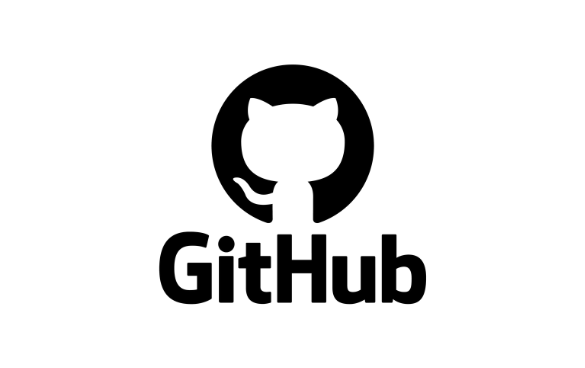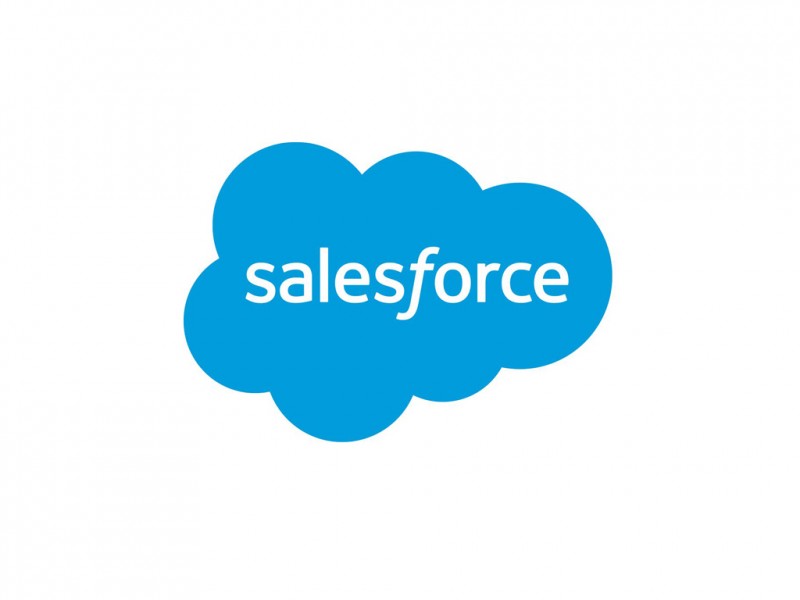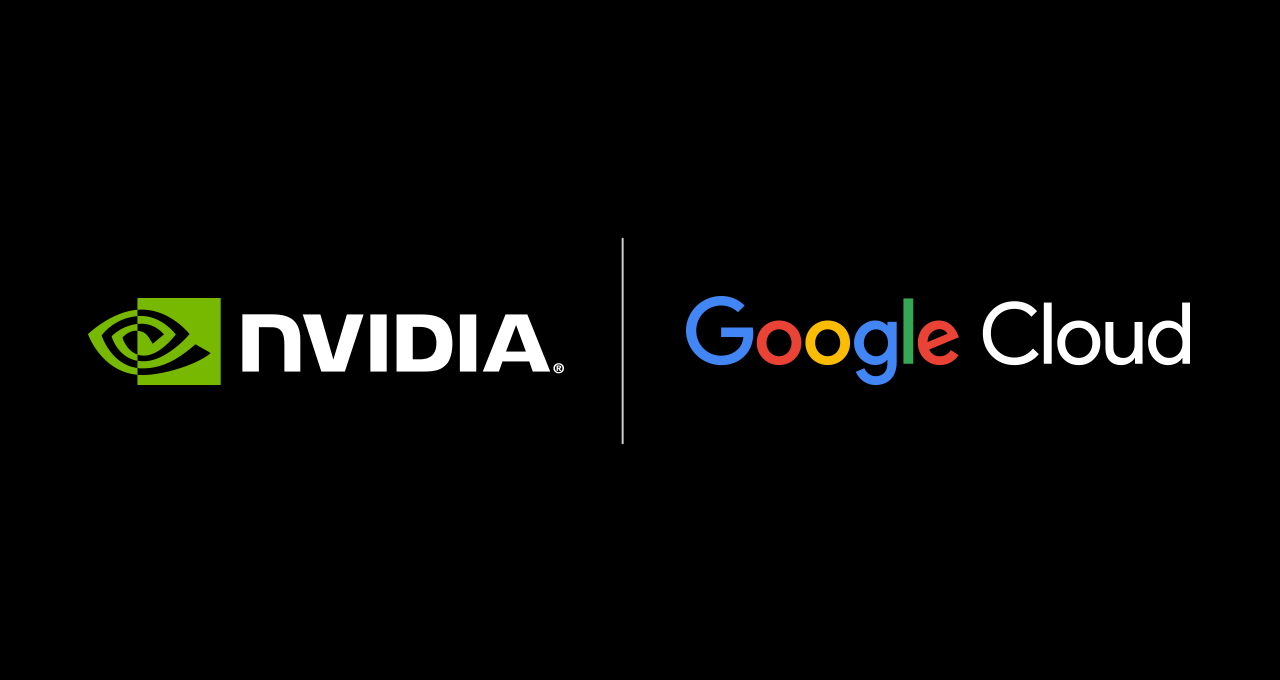
Gartner published the second Magic Quadrant for Distributed Hybrid Infrastructure (DHI), which includes Amazon Web Services (AWS) as a leader again. AWS has three products in this DHI portfolio: AWS Outposts, AWS Snowball, and AWS Local Zones. In the accompanying Gartner’s Critical Capabilities for DHI, AWS is ranked number one in four out of six use cases evaluated by Gartner—including hybrid infrastructure management, edge computing, assured workloads, and artificial intelligence & machine learning (AI/ML)—and among the top two in the use case of container management.
Gartner evaluates 10 DHI providers based on their Ability to Execute, which measures a vendor’s capacity to deliver its products or services effectively, and Completeness of Vision, which assesses a vendor’s understanding of the market and its strategy for future growth.
Here is the graphical representation of the 2024 Gartner Magic Quadrant for DHI.
 Gartner recognized AWS strengths as:
Gartner recognized AWS strengths as:
- Leading public cloud provider – AWS DHI solutions appeal to AWS public cloud customers that want to extend their infrastructure to their data center and edge locations, while also migrating from their remaining private cloud infrastructure.
- As-a-service delivery – The fully managed infrastructure delivery of AWS Outposts simplifies operations and enables a hands-off, single-vendor approach to infrastructure management, including integration with some on-premises technologies.
- AWS support – Gartner clients report high satisfaction with the AWS worldwide support and services team.
We believe this leader placement reflects our innovation at the edge of the cloud for workloads that require low latency, local data processing, data residency, or migration with on-premises interdependencies. At AWS, we extend the same AWS infrastructure, AWS services, APIs, and tools wherever you need them for a truly consistent cloud experience.

Whether your workloads are running in the AWS Regions, in metro areas with AWS Local Zones, on premises with AWS Outposts, in the telco networks with AWS Wavelength, or at the far edge with AWS Snow Family, you can standardize on the same cloud operating model for all your applications. You can streamline developer workflow by standardizing on a common set of continuous integration and continuous deployment (CI/CD) pipelines. It also reduces the time, resources, operational risk, and maintenance downtime required to manage IT infrastructure.
As examples of accelerated innovation, we have added the latest generation of GPU-backed instances to Local Zones to better support ML workloads and expanded the number of locations. We have made Outposts available in more countries and added AWS services supported on Outposts to facilitate migration and disaster recovery, such as AWS Elastic Disaster Recovery and Amazon Route 53 Resolver to improve application availability and performance.
In addition, we have improved the disconnection tolerance for container-based workloads on Outposts by making it possible for customers to run both the Kubernetes control plane and nodes locally, and we enhanced its capabilities for multi-rack Outposts deployments.
Access the complete 2024 Gartner Magic Quadrant for DHI report to learn more.
— Channy
Gartner does not endorse any vendor, product or service depicted in its research publications and does not advise technology users to select only those vendors with the highest ratings or other designation. Gartner research publications consist of the opinions of Gartner’s research organization and should not be construed as statements of fact. Gartner disclaims all warranties, expressed or implied, with respect to this research, including any warranties of merchantability or fitness for a particular purpose.
GARTNER is a registered trademark and service mark of Gartner and Magic Quadrant is a registered trademark of Gartner, Inc. and/or its affiliates in the U.S. and internationally and are used herein with permission. All rights reserved.
Blog Article: Here



